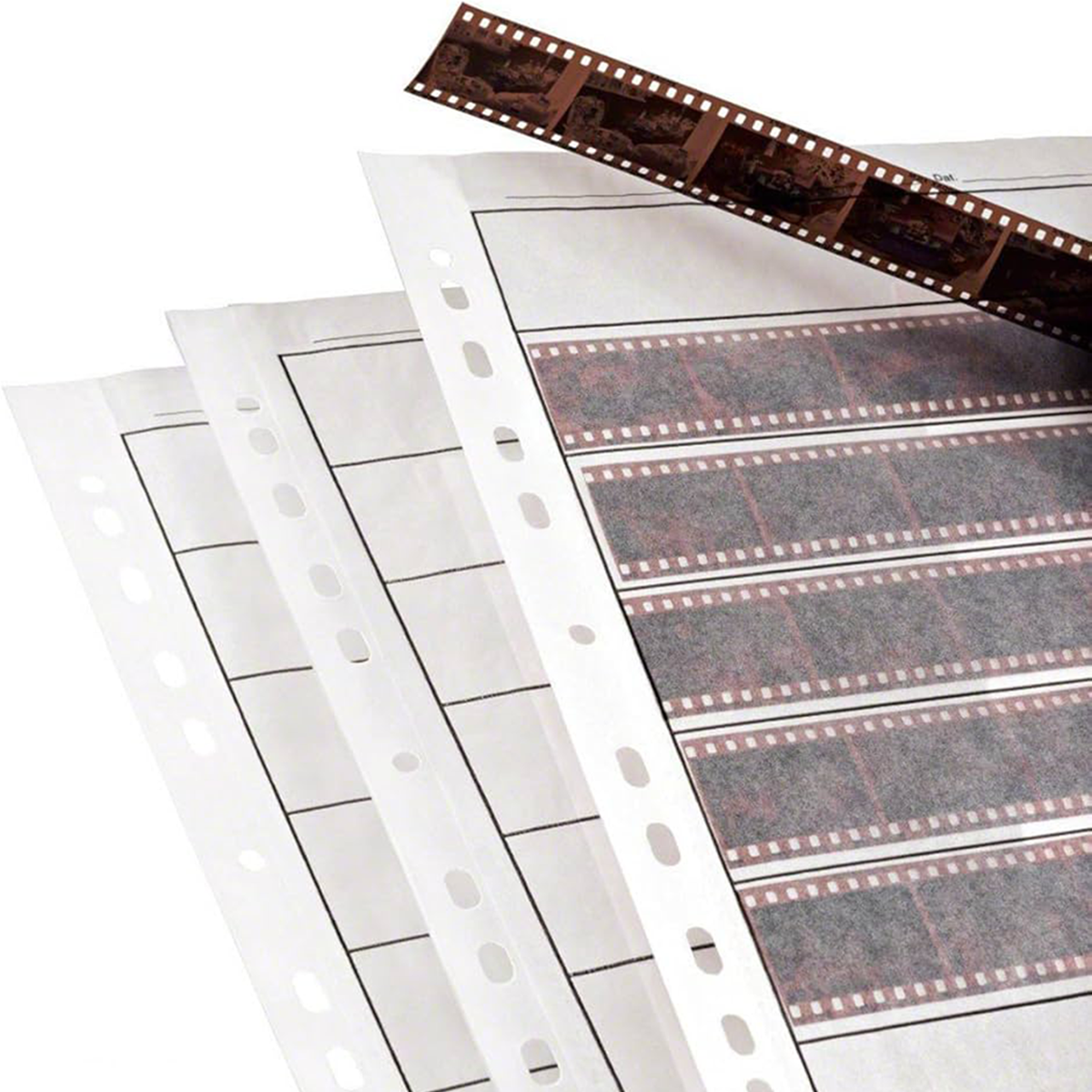How to archive and preserve negatives
Published :
06/11/2025 09:00:00
Categories :
Analog news

It's essential not to overlook the importance of negatives, as they provide a physical backup for your images.
Their preservation means you can re-scan your shots at any time, whether for an exhibition project
a book, a higher-quality print or simply to compensate for the loss of the original digital file.
But preserving negatives isn't enough. You also have to know how to archive them properly
to guarantee their longevity and facilitate future consultation.
Why archive your negatives?
Negatives are a tangible memory of your photographic work. They can be re-digitized at will,
offering a flexibility that digital files alone don't always allow. Good organization will help you
find a specific image quickly, better document your process and protect
your work against the vagaries of time.
How do you archive them?
To archive your negatives efficiently, start by avoiding the temporary sleeves supplied by laboratories.
Although they provide temporary protection for your films, they quickly become cumbersome and impractical
for long-term organization. Instead, opt for binders, into which you insert sheets specially designed for archiving negatives. These are readily available online, and are suitable for 135 or 120 film. Remember to tell your lab how to cut your strips, as some sheets are designed for 4-frame segments, others for 6.


These sheets are available in crystal-clear paper or plastic, as you prefer.
Many can also be used to take notes - a valuable habit: make a note of where the shot was taken, the date, the camera used type of film, and any other information you may need for reading or re-scanning. If your lab provides you with a printed index, insert it before each corresponding sheet: you'll be able to spot the images on each strip at a glance.

Over time, you'll fill up several binders. It's a good idea to number them or classify them by period: year, month, project, etc. This will help you structure your photo archive and access it easily.
Last but not least: the storage environment. Keep your binders in a cool, dry place, away from direct light, heat and humidity (in a cupboard for example). These factors can seriously damage your negatives over time, if you want to keep them safe, we advise you to start now before you end up with a mountain of dusty negative to store and sort :)
Read more articles on our blog
Join us on Instagram and TikTok